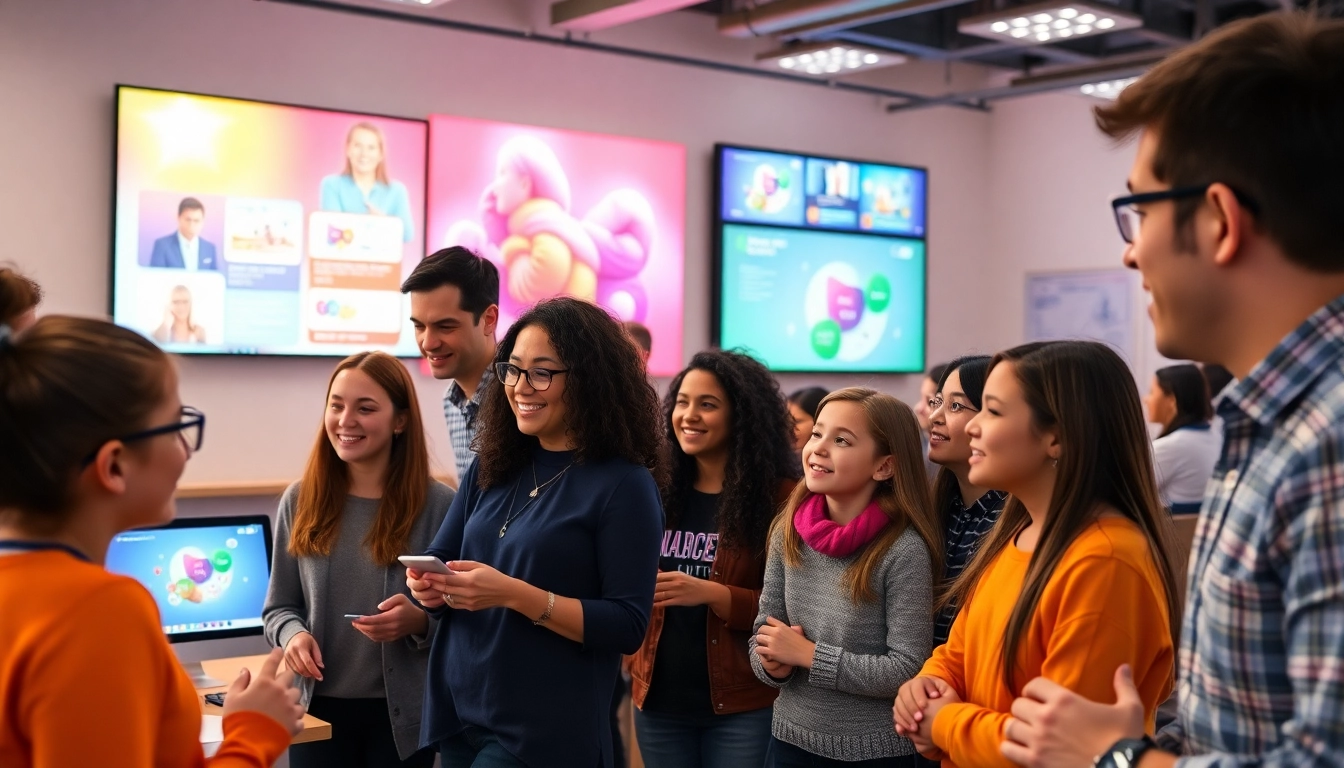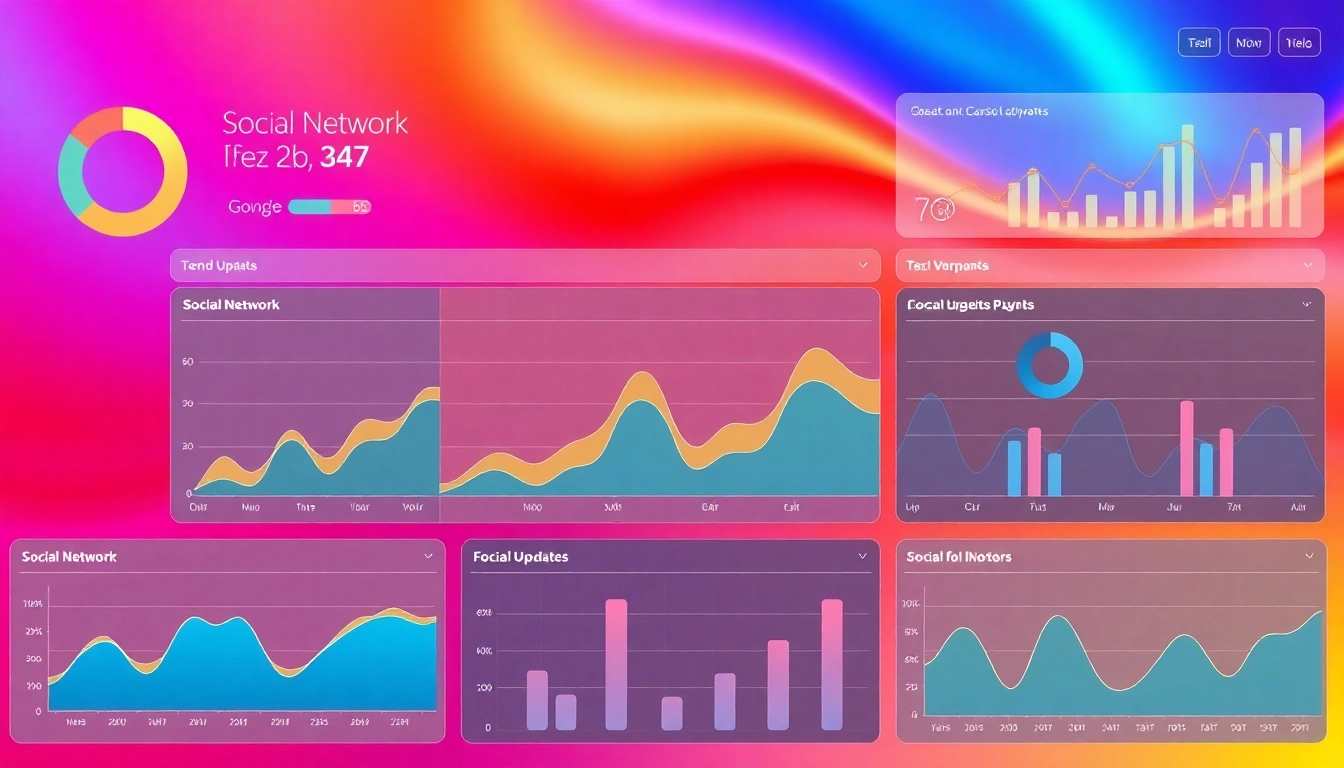Understanding the Importance of Interactive Learning Content
In an era where digital education constantly evolves, the demand for engaging, personalized, and effective learning experiences has never been higher. At the heart of this transformation lies interactive learning content, which has revolutionized traditional teaching methods by fostering active participation and tailored learning pathways. Today’s learners crave interaction—whether through multimedia, simulations, or gamified activities—making it essential for educators and content creators to adopt tools and strategies that enhance engagement, motivation, and knowledge retention.
The Evolution of Digital Education and Engagement
Digital education has progressed from static PDFs and passive video lectures to dynamic, interactive environments that promote active learning. Early e-learning platforms primarily focused on delivering content; however, research shows that passive consumption reduces retention. Modern platforms integrate quizzes, branching scenarios, and multimedia elements to make learning more immersive. Companies like Genially demonstrate that no-code tools enable educators to craft compelling experiences with minimal technical effort.
This evolution underscores the shift toward learner-centered models, emphasizing personalization, interactivity, and immediate feedback—key components necessary to keep learners engaged and motivated in diverse contexts ranging from K–12 to corporate training.
Why Personalization Matters in Modern Learning
Every student is unique, with distinct learning styles, preferences, and paces. Personalization ensures that each learner’s experience is tailored to their needs, fostering deeper understanding and longer-lasting knowledge. Traditional content often adopts a one-size-fits-all approach, which can be ineffective for diverse classrooms or mixed skill levels.
Adaptive learning technologies and systems like Mexty facilitate the creation of personalized learning pathways at scale. They analyze learner interactions, preferences, and performance to dynamically adjust content, providing tailored assessments, hints, and resources. This results in improved engagement, higher success rates, and a more inclusive educational environment that respects individual differences.
Key Benefits of Interactive Content for Learners and Educators
Enhanced Engagement and Motivation
Interactive content transforms passive receivers into active participants. Quizzes, gamification, and scenario-based activities make learning enjoyable, motivating students to stay focused and involved. Increased engagement correlates directly with better comprehension and retention.
Deeper Understanding and Application of Knowledge
By simulating real-world scenarios or allowing hands-on experimentation, interactive content promotes experiential learning. Learners can apply concepts in a safe environment, fostering critical thinking and problem-solving skills—crucial for practical mastery.
Efficiency and Scalability for Educators
Tools like Mexty streamline the creation, customization, and deployment of interactive content, enabling educators to reach more students with less workload. Automating assessments and personalizing learning paths reduce administrative burdens while maintaining high-quality educational standards.
Data-Driven Feedback and Continuous Improvement
Interactive platforms collect valuable data on learner interactions, performance, and preferences. Educators can leverage these insights to refine content, identify common knowledge gaps, and tailor interventions—creating a culture of continuous enhancement.
Designing Effective Interactive Learning Content
Core Components: Engagement, Interaction, Feedback
Creating impactful interactive content hinges on three fundamental pillars:
- Engagement: Use compelling visuals, narratives, and relevant scenarios to captivate learners.
- Interaction: Incorporate activities such as drag-and-drop exercises, simulations, or branching scenarios that require learner participation.
- Feedback: Provide immediate, personalized feedback to reinforce learning, correct misconceptions, and motivate continued effort.
Best Practices for Creating Inclusive and Varied Content
Designing inclusive content means considering diverse learner needs and preferences. Incorporate multiple modalities—visual, auditory, and kinesthetic—and ensure accessibility features like captions, color contrast, and screen reader support. Varying content types prevents monotony and caters to different learning styles, which enhances overall efficacy.
Utilizing Tools and Templates for Rapid Development
Leverage online platforms and templates, such as those provided by Mexty or Genially, to accelerate content creation. No-code tools allow educators to develop engaging modules without extensive technical training, enabling quick prototyping and iteration based on learner feedback.
Implementing and Scaling Interactive Content at Your Institution
Strategies for Seamless Integration into Curricula
Successful integration requires aligning interactive elements with learning objectives and ensuring they complement existing curricula. Start with pilot projects, gather feedback, and expand gradually. Embedding interactive modules within LMS platforms and providing instructor training further smooths implementation.
Automating Personalization and Assessment
Automation tools, supported by AI and adaptive technologies, facilitate real-time customization of learning experiences. By tracking progress and engagement metrics, platforms like Mexty can tailor content and assessments, reducing manual grading and intervention efforts.
Measuring Success and Learning Outcomes
Establish clear metrics—such as completion rates, assessment scores, engagement durations, and learner satisfaction—to evaluate the effectiveness of interactive content. Regular analysis helps refine strategies, ensuring continuous improvement and higher impact.
Advanced Techniques and Future Trends in Interactive Learning
Gamification and Immersive Experiences
Incorporating game mechanics—points, badges, leaderboards—boosts motivation. Moreover, emerging tools offer immersive experiences like virtual and augmented reality, enabling learners to explore complex concepts in engaging, lifelike environments.
Leveraging AI to Enhance Customization
AI-driven systems analyze learner data to personalize content dynamically. For instance, AI chatbots can serve as virtual tutors, answering questions and guiding learners through tailored pathways, thus enhancing both accessibility and engagement.
Staying Ahead in the EdTech Landscape
Continuous innovation is vital. Keeping abreast of technological advancements and pedagogical research ensures content stays relevant and effective. Participating in professional communities and experimenting with new tools will enable educational institutions and creators to maintain competitive advantage.
Case Studies and Practical Examples
Successful Implementations in Education Settings
Numerous schools and organizations have successfully integrated interactive content. For example, a high school introduced gamified lessons using Mexty, resulting in a 35% increase in engagement and improved test scores. Similarly, a corporate training program utilizing branched scenarios saw retention rates improve significantly.
Innovative Content That Boosts Engagement
Combining storytelling with interactivity—such as simulation-based decision-making or scenario-based case studies—creates memorable learning experiences. These approaches motivate learners by making lessons relevant and immediately applicable.
Lessons Learned and Tips for Getting Started
Start small, focus on clear learning goals, and involve learners in the design process for feedback. Utilize existing templates and tools for rapid development, and progressively incorporate advanced features like AI or gamification based on the institution’s capacity and learner needs.




